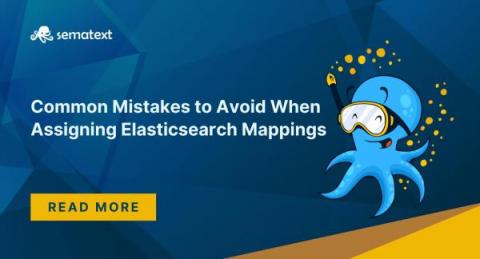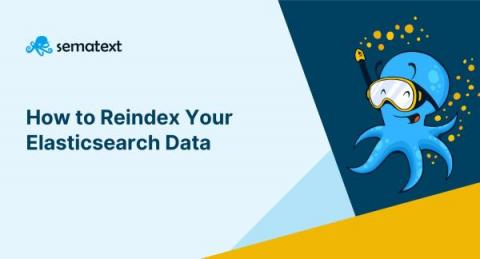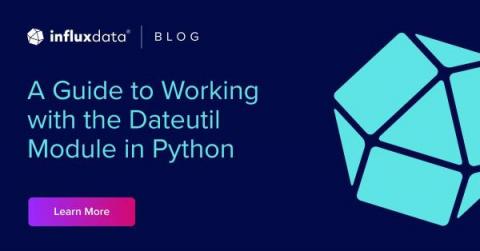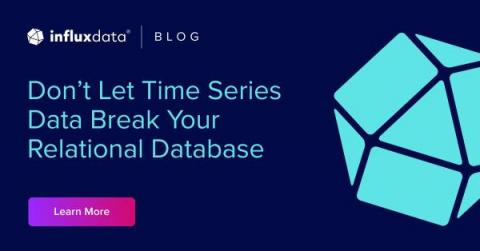C# Date Classes: Types, Formats, and How to Use Them
In this article, we will be exploring C# date classes and how to leverage them to handle and manipulate date data in our applications. We will see the different types of date objects that C# handles and the formats that can be represented, and we will learn how to cleanly process date information from users. Let’s jump right in.











